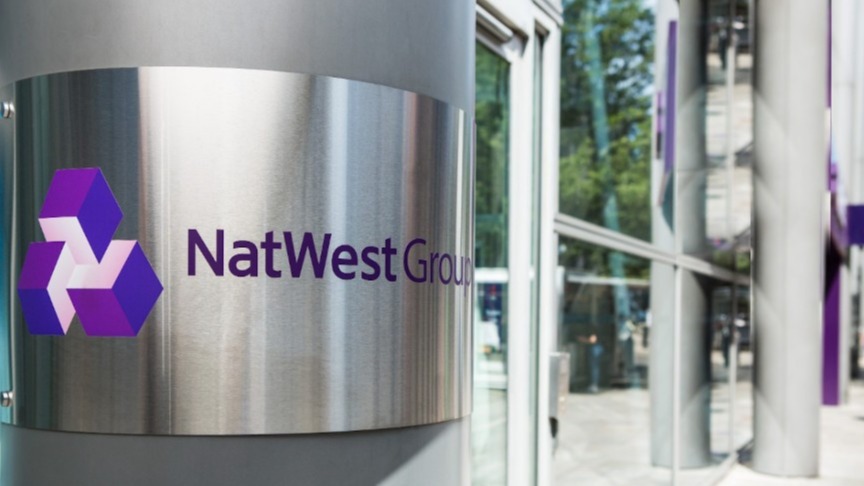Goldman Sachs has decided not to proceed with a second round of broad performance-based job cuts this year, following a stronger than expected recovery in its investment banking division, according to the Financial Times.
The Wall Street bank, which employs approximately 46,000 people, had previously considered further staff reductions in September if business conditions remained challenging. However, a rise in investment banking fees and client engagement, alongside continued strength in its trading division, have prompted the bank to hold off on additional lay-offs, the paper reported, citing people familiar with the matter.
Goldman Sachs had already reduced its workforce earlier in the year as part of its annual review process to manage expenses and staff performance. The initial cuts affected a low, single-digit percentage of employees. The prospect of further reductions had remained open, especially in the wake of the Trump administration’s introduction of new tariffs, which had initially dampened optimism about corporate dealmaking.
The bank’s staffing plans are still subject to change if economic conditions worsen, according to sources cited by the Financial Times. Goldman Sachs declined to comment on the decision.
Annual performance-based job cuts, referred to internally as a “strategic resource assessment”, are a regular occurrence at Goldman Sachs and across Wall Street. The scale and frequency of these assessments are often tied to the bank’s outlook, as management seeks to balance operational needs with cost control.
This decision comes after a turbulent year for Wall Street. While the start of 2025 was marked by expectations that deregulation and consolidation would boost corporate dealmaking, those hopes were tempered in April by the impact of new trade policies from the White House.
However, recent financial results have been encouraging. In the second quarter, investment banking fees at Goldman Sachs rose by more than 25 per cent compared to the same period last year, representing the largest increase among its peers. Across the industry, these fees are up about 2 per cent year-on-year, totalling around $67 billion, according to data from the London Stock Exchange Group.
Trading has also remained a key revenue driver for Goldman Sachs in 2025, with the bank benefiting from elevated volatility in equity and fixed income markets.
Latest News
-
What’s next for financial services technology in 2026?
-
The most read FStech stories of 2025
-
Post Office to operate Banking Hubs for 5 more years
-
PSR takes action to boost transparency in card processing fees
-
Visa launches voice-enabled agentic commerce service in UAE
-
ABN Amro completes first international blockchain-based SDC transaction
Creating value together: Strategic partnerships in the age of GCCs
As Global Capability Centres reshape the financial services landscape, one question stands out: how do leading banks balance in-house innovation with strategic partnerships to drive real transformation?
Data trust in the AI era: Building customer confidence through responsible banking
In the second episode of FStech’s three-part video podcast series sponsored by HCLTech, Sudip Lahiri, Executive Vice President & Head of Financial Services for Europe & UKI at HCLTech examines the critical relationship between data trust, transparency, and responsible AI implementation in financial services.
Banking's GenAI evolution: Beyond the hype, building the future
In the first episode of a three-part video podcast series sponsored by HCLTech, Sudip Lahiri, Executive Vice President & Head of Financial Services for Europe & UKI at HCLTech explores how financial institutions can navigate the transformative potential of Generative AI while building lasting foundations for innovation.
Beyond compliance: Building unshakeable operational resilience in financial services
In today's rapidly evolving financial landscape, operational resilience has become a critical focus for institutions worldwide. As regulatory requirements grow more complex and cyber threats, particularly ransomware, become increasingly sophisticated, financial services providers must adapt and strengthen their defences. The intersection of compliance, technology, and security presents both challenges and opportunities.
© 2019 Perspective Publishing Privacy & Cookies





.jpg)








Recent Stories